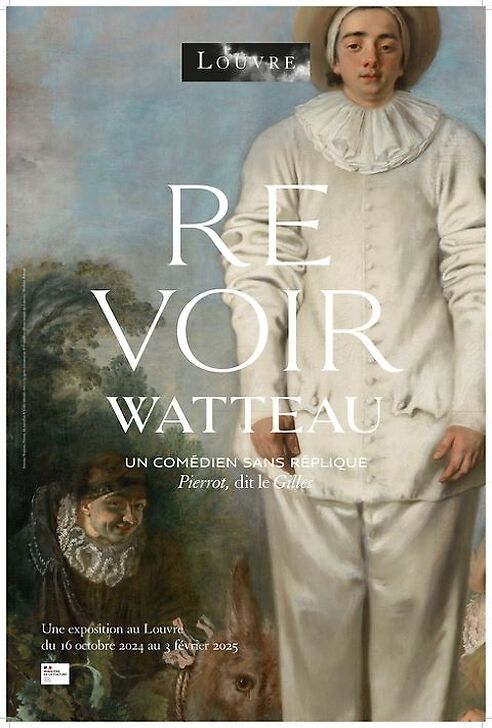Jean-Antoine Watteau
1684-1721Our selection
Portrait art
Born Jean-Antoine Watteau in Valenciennes, he was one of the greatest French painters of the 18th century and one of the key representatives of the rocaille style, known as rococo. Born into a modest family, the artist demonstrated an exceptional talent for drawing from a young age. He trained with the painter, engraver and illustrator Claude Gillot, who encouraged his interest in theatre and depictions of commedia del arte. Works such as The Embarkation for Cythera (1717) reflect a world of elegance and dreams, and also the fragility of terrestrial pleasures, but it was his representations of "fêtes galantes" that would seal his reputation. Antoine Watteau also excelled in portrait art and figure studies of remarkable precision.
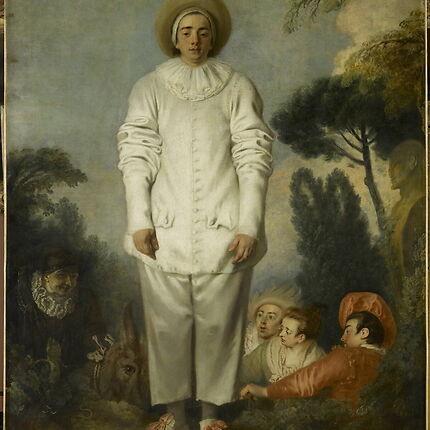
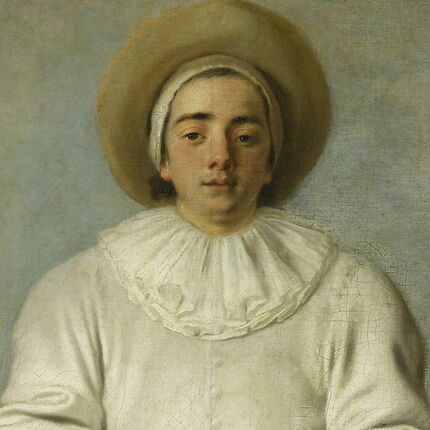
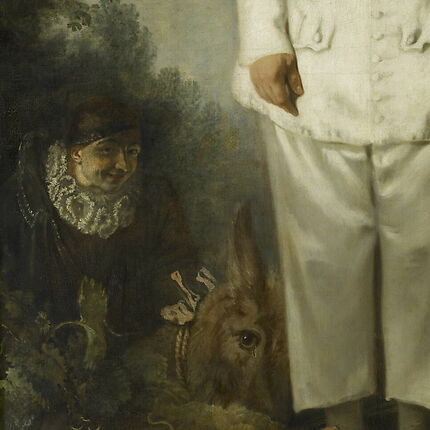
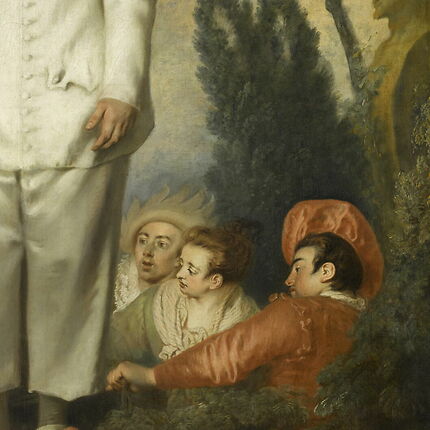
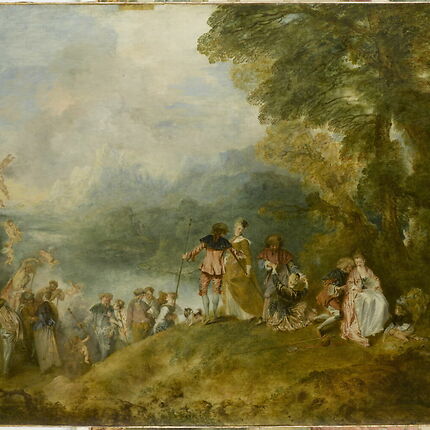
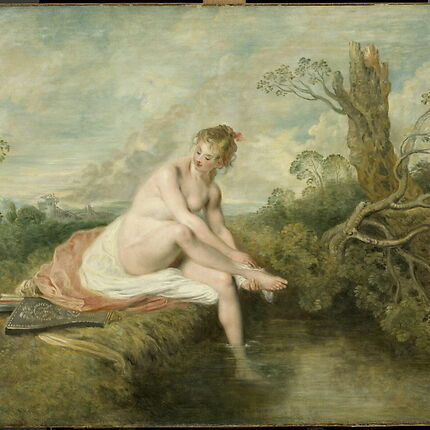
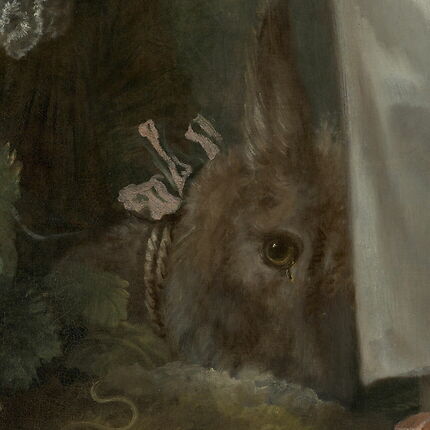
Pierrot, formerly known as Gilles
Nothing was known about this work before it was discovered by Dominique Vivant Denon, director of the Louvre under Napoleon, and its origins have long been called into question. Gilles is this young man dressed in white (the luminous shade was achieved through the abundant use of Venetian white), who stands straight in front of the spectator while his friends play behind him unperturbed. If the Musée du Louvre finally chose to rename the painting Pierrot, it is because the characters resemble precisely those who accompany Pierrot in the commedia dell'arte: the doctor and his donkey, the lovers Leandro and Isabella, and the captain. Recently restored, this painting continues to fascinate today.

